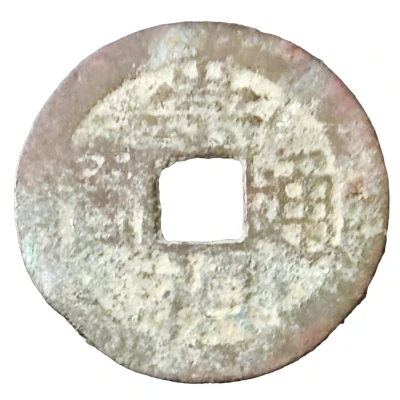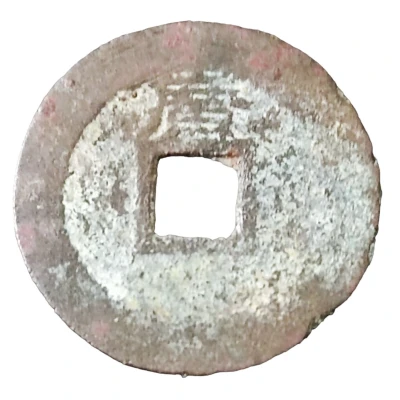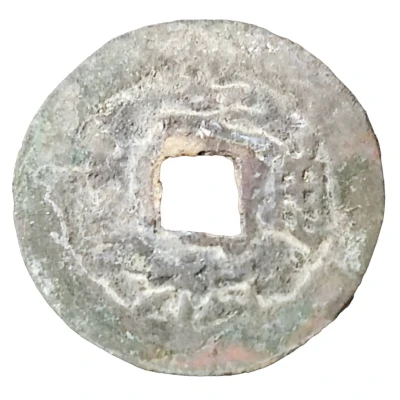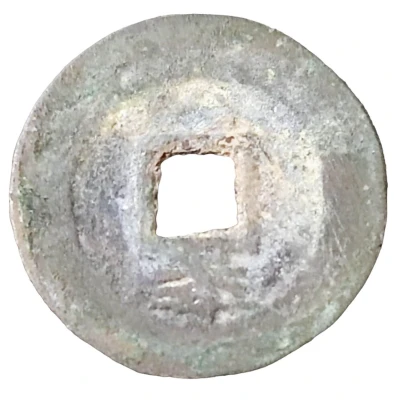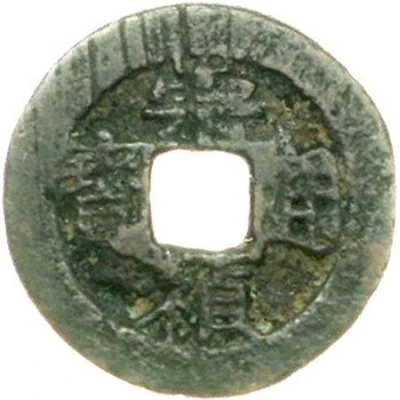


© Teutoburger Münzauktion
1 Cash - Chongzhen Tongbao; northern type; Gui with dot ND
| Brass | - | 24 mm |
| Issuer | Empire of China |
|---|---|
| Emperor | Ming dynasty › Chongzhen (崇祯帝) (1627-1644) |
| Type | Standard circulation coin |
| Years | 1630-1644 |
| Value | 1 Cash |
| Currency | Cash (621-1912) |
| Composition | Brass |
| Diameter | 24 mm |
| Shape | Round with a square hole |
| Technique | Cast |
| Orientation | Medal alignment ↑↑ |
| Demonetized | Yes |
| Updated | 2024-10-04 |
| Numista | N#222603 |
|---|---|
| Rarity index | 97% |
Reverse
One Chinese ideogram above and dot below.
Script: Chinese (traditional, regular script)
Lettering: 貴
Translation:
Gui
Guizhou (mint)
Edge
Plain
Comment
Hartill suggests the larger, heavier coins (around 26 millimetres and weighing 1.3 Qian) were the first 1 Cash pieces produced. By 1630, coins minted in the north weighted 1.0 Qian and coins minted in the south weighed 8 Fen or less.The Northern types and the Southern types are differenciated by the left part of Zhen.
- Northern types: 礻
- Southern types: 示
Interesting fact
The Chongzhen Tongbao coin was the first coinage issued by the Ming dynasty, which ruled China from 1368 to 1644. The coin was introduced in 1630, during the reign of Emperor Chongzhen, and it was made of brass. One interesting fact about this coin is that it features a unique "Gui" character with a dot on top, which was used to distinguish it from other coins issued during the same period. This character is known as the "northern type" Gui, and it was only used on coins issued in the northern regions of China. The use of this character and the brass material made the Chongzhen Tongbao coin easily identifiable and helped to prevent counterfeiting.
